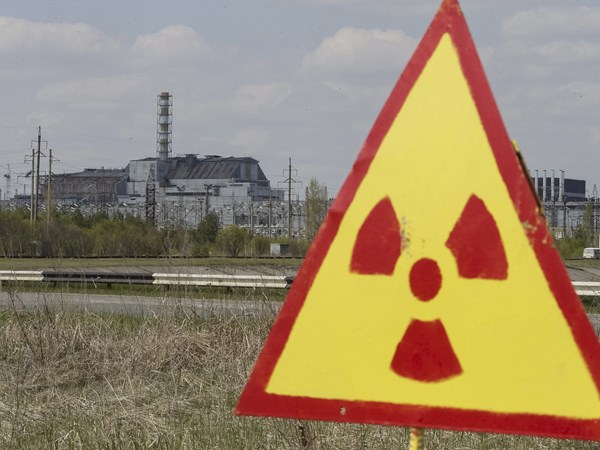Greenpeace reveals that Ukrainian and Russian citizens are still being exposed to radiation from Chernobyl
30 years after the infamous accident at Chernobyl Nuclear Power Station the residents of the surrounding areas are still eating contaminated food, stated Greenpeace International.
Greenpeace has carried out tests in the Russian region of Bryansk and the Ukrainian regions of Rovno and Kiev and found excessive amounts of Radiocaesium-137 in milk, mushrooms, grains, fish, and timber for fuel and construction, Rosbalt reported.
Greenpeace Russia energy program project manager Rashid Alimov commented on the situation, saying that in Russia, nearly 1.5 million people live in territories that are officially considered contaminated by Chernobyl radiation. People living in Bryansk region are most exposed to external radiation from the environment and to internal radiation from local food. The government removed hundreds of residential areas from the list of contaminated territories. Alimov said that to save money, authorities cancel benefits for affected communities, which was “absolutely inadmissible.”
Junichi Sato, Alimov’s counterpart in Greenpeace Japan said that the disaster is still ongoing for the people of Fukushima: almost 100 thousand people cannot return home due to high radiation levels. He went on to add that the nuclear industry and governments around the world impose a myth that it is possible to return to normal life after nuclear disasters. According to him, reality refutes such rhetoric that is not backed up by scientific data.
Authorities have been accused of weakening measures of protection of the population from radiation. The Ukrainian Government reduced environmental and food monitoring programs. The Japanese Government wants to return most evacuated residents to their lands by 2017, despite the fact that the territories may still be contaminated. Greenpeace calls on authorities to provide financial assistance.
Radiation has demonstrated a hazard to people’s health. High mortality, incidences of cancer, mental disorders and lower fertility have been observed in contaminated areas. Children are especially vulnerable. In the contaminated territories of Fukushima, increases in incidences of thyroid cancer incidence have been registered. There, nearly a third of mothers show signs of depression.
“Chernobyl and Fukushima transformed lives of million people,” said Shawn Patrick Stensil, senior energy analyst of Greenpeace International. “We should remember the people who are still suffering. The one adequate measure that can end their sufferings is to phase out nuclear power and replace it with clean and safe, renewable energy.”
The Chernobyl accident in the Soviet Union in 1986 is largely considered to be the world’s worst nuclear power plant accident. Massive amounts of radioactive materials were released into the environment resulting in a radioactive cloud that spread over much of Europe.
